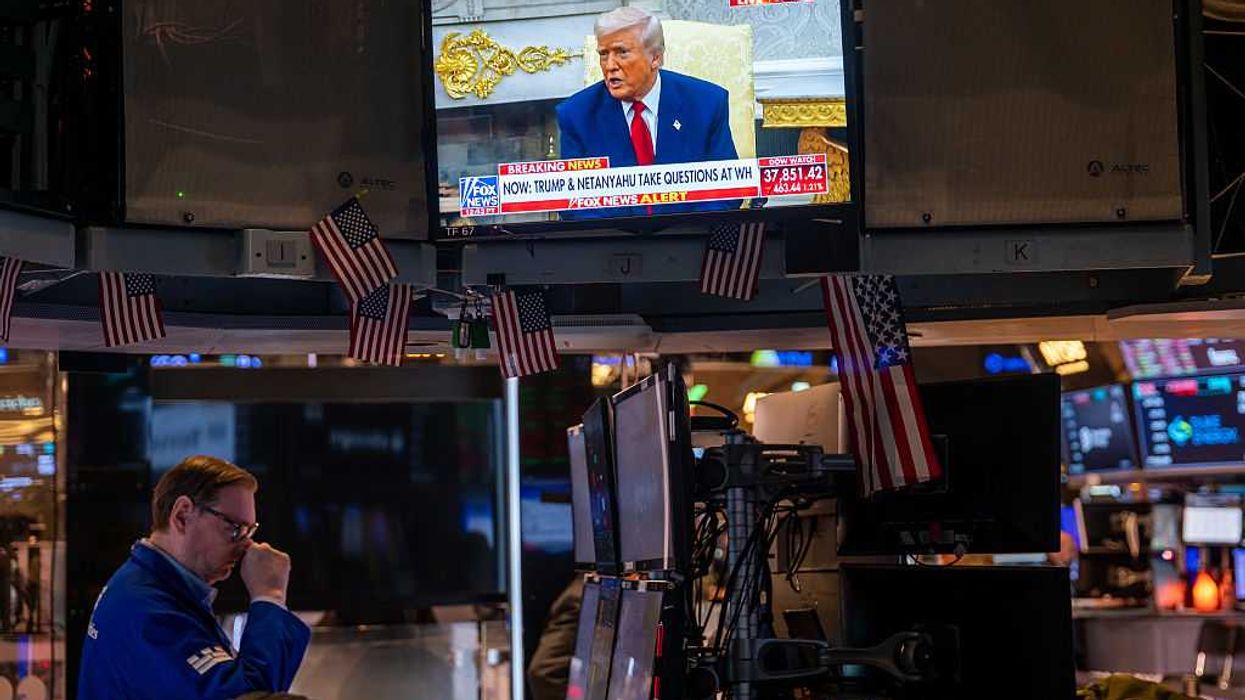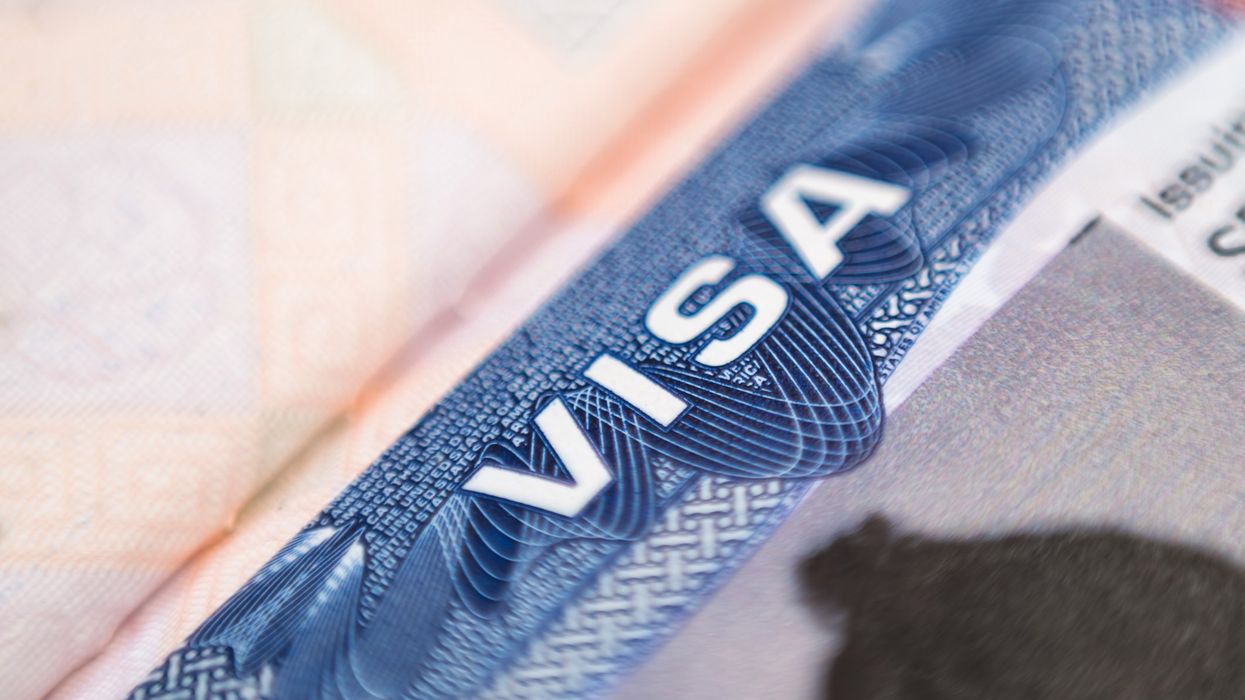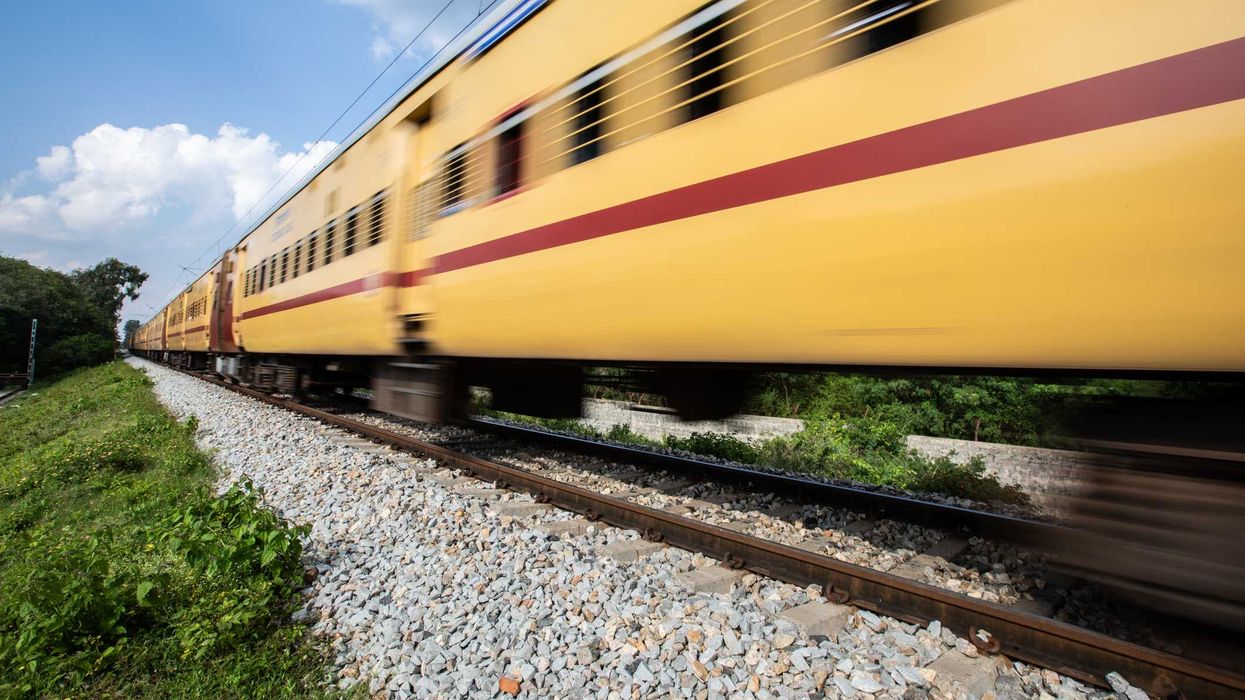Lioz is founder of DOC: Depolarizing Organizational Cultures, which helps organizations of all types develop healthy cultures that foster a sense of belonging for all their members and employees. He is publishing a white paper that expands on these ideas.
Shortly after the first Covid-19 vaccines were introduced, a food solutions company in Idaho wrestled with the best course of action for its business and employees. While a vaccination mandate was a non-starter, senior leaders strongly encouraged vaccination among their employees, bringing in representatives of the local health department to support the push. Several of the company's managers, so upset by this decision, decided to quit the business.
It’s difficult to follow the news without registering the various ways in which organizations around the country, especially businesses (like that food company), are being impacted by our highly polarized society. While controversies at the most public-facing brands, like Anheuser-Busch and Disney, are obvious examples, there are plenty of hidden ways in which this trend is impacting organizations negatively.
Leadership teams in our largest corporations are now sorting themselves by political leaning, and there’s evidence to suggest that shareholders are reacting quite negatively when executives leave a company over political differences, with the average S&P 1500 company losing $200 million in market capitalization as a result.
This echoes a larger trend of geographic sorting among the general public — first brought to widespread attention by Bill Bishop in 2008’s “The Big Sort” — with blue areas becoming bluer and red areas redder. Interestingly enough, with more geographic mobility, business executives who move tend to sort themselves more across state lines, while the average American is segregating on a county-by-county basis.
Either way, we’re surrounding ourselves with people who agree with us, and it’s a reflection of the wider disappearance of shared spaces in this country, where we might encounter those with different backgrounds and perspectives.
Even as we grow less likely to share a neighborhood association or local sports league, or to sit on a PTA board together, we are still interacting with people we disagree with online. But those digital spaces are certifiably toxic, used more to solidify our tribal identities than to understand one another. And it’s worsening our crisis of interpersonal trust, which has declined precipitously in this country since the mid-1980s.
The latest cohorts of people joining our businesses and other organizations have been deeply impacted by this shift in the spaces where we interact. But those shifts are happening elsewhere – and earlier. Childhood has changed in profound ways, with an increase in “ safetyism ” and more pressure to engage in issue activism. Rather than holding summer jobs, high schoolers are enrolling in enrichment programs and starting nonprofits in an effort to get a leg up in the increasingly competitive college admissions race.
And when young people get to campus they’re being treated like the customers they are, rather than being challenged with a variety of different, and often difficult, ideas. College campuses, especially at the most elite schools (which tend to supply the next generation of organizational leaders) are being used as a new cultural battleground, with pressure from both ends of the political spectrum to limit the speech of those with whom they disagree.
Compounding these toxic trends, not only are young people’s social lives moving online, but since the pandemic so have their academic and work lives. They’re losing out on opportunities to build relationships the old-fashioned way, based on long-term, in-person interactions, and it’s been noted extensively how much of a deficit is building up in soft skills like communication, especially in the past few years.
All of these changes have impacted businesses as this cohort has been entering the working world, contributing to various forms of polarized conflict. Nearly 900 hiring managers and leaders were asked about their experiences working with members of Generation Z. Three-quarters said it was tougher than working with older cohorts. And among that group, nearly half said they’d had to fire a member of Gen Z less than a month into the job. And one in five said it was within one week.
Some survey respondents reported young workers coming into organizations believing they know more than their experienced colleagues, especially where tech and social issues are involved, and willing to dish out criticism freely. But those same young people may not be able to take it in return, and many managers say their youngest workers are too easily offended.
Younger workers are certainly getting more vocal about having their values reflected in their work, and pressuring their organizations to stand up for those values, which is reflected in recent increases in employee activism. So even though most people in the United States say they’d prefer to avoid politics at work, it’s getting more difficult for workplaces to sidestep these issues.
A smaller-scale study that focused on political conflict within businesses found that most of the companies included in the study had experienced negative effects from political and social divides on their employees and culture. And nearly half said their leadership was struggling to manage conflict without causing further division.
Rather than try to foster workplaces where talking about the things that divide us is verboten, which can often inflame tensions rather than calming them, organizations should recognize the opportunity they have to contribute to the wider effort to depolarize our political discourse. Part of this opportunity is through ensuring that we hold on to the shared spaces we still have. Most of us still have more friends of different political leanings at work than we do outside of work. Our work friends are also more racially and religiously diverse.
Our workplaces bring those diverse voices together around shared goals, which are a crucial foundation for our relationships. And the cultures of organizations actually contribute to the larger culture of a society. So a focus on fostering organizational cultures in which people approach those who think differently with curiosity rather than disdain can have a vast benefit for our country.
And let’s not lose sight of the benefit directly to those organizations. “Organizational monocultures” are dangerous, with huge implications for innovation and flexibility, underscored by the negative market responses to executive team sorting mentioned earlier.
There’s widespread support among both business leaders and their customers to embrace the idea of “corporate civic responsibility” and be more active in bolstering our democratic institutions, especially given the link between the quality of our democracy and the strength of our economy. (This important subject has been previously covered in The Fulcrum.)
But with polarization becoming more of a direct threat to the organizations — including businesses — that drive our country forward and help us achieve our shared goals, we must also focus on creating cultures in which colleagues and members listen to each other with true openness, and with a goal of real understanding.


















